Visitors always talk about immersing themselves in a new place, yet it’s not always easy to do such a thing. During my two months, I plan to explore Detroit and get as immersed as I can. Nevertheless, you can take as many pictures and go to as many tourist attractions as you like, but that won’t immerse you in a culture unless you actually interact with the residents of that place.
I have had a great time in Detroit. I love going to downtown and checking out what’s popping, and oftentimes I take pictures of whatever strikes my eye. These moments have been great, but what has made my experience more special than any other ordinary tourist experience is my interactions with the Detroit residents.
Detroiters also have great pride and energy in their city. This week while Pauline and I were in Campus Martius, we saw a procession of 20 people walk through the downtown park and pridefully sing a song about Detroit. On that same day, I waited thirty minutes to get free ice cream at Campus Martius. While waiting in line, it was really cool to just talk to the other friendly people waiting in line. What struck me most while waiting in line were the celebrities, which largely consisted of local Detroit newspeople. The newspeople thanked us so much for coming to get ice cream (every scoop of ice cream meant a dollar donated to the Salvation Army). They were very joyous and willing to talk to anyone waiting in line. Less than 24 hours before I got free ice cream, I experienced the Detroit fireworks. Even though it was raining and gunshots were fired, these things did not prevent everyone from aweing and cheering loudly every time a firework blasted.
Truly immersing myself in Detroit means living the values of Detroit. I want to radiate the positivity, energy, and authenticity I have felt from Detroit. By carrying out these values, I will feel the colors. Ironically, feeling the colors means focusing less on the colors and focusing more on the experiences. Describing our experience at the fireworks, Vinit stated “I was no longer distracted by colors, but I became more aware of their friendships. I became more aware of us.” To authentically immerse myself in Detroit, I must continue to become more aware of the friendships I have made with the people in Detroit.
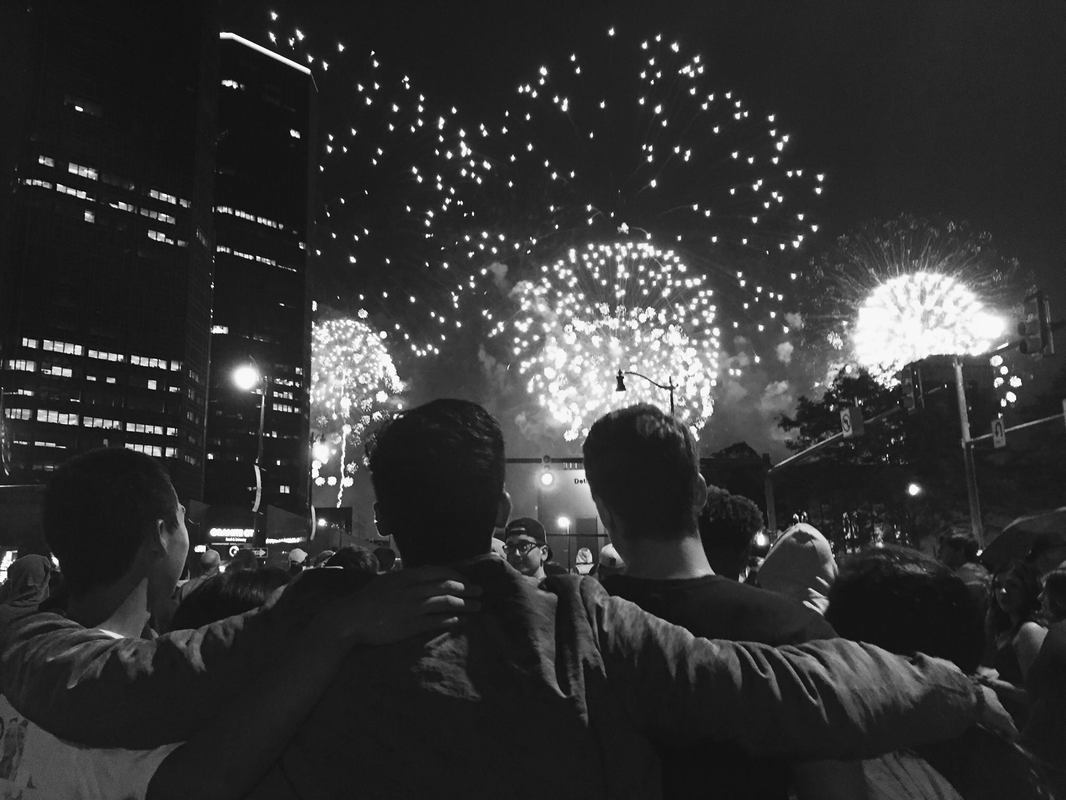

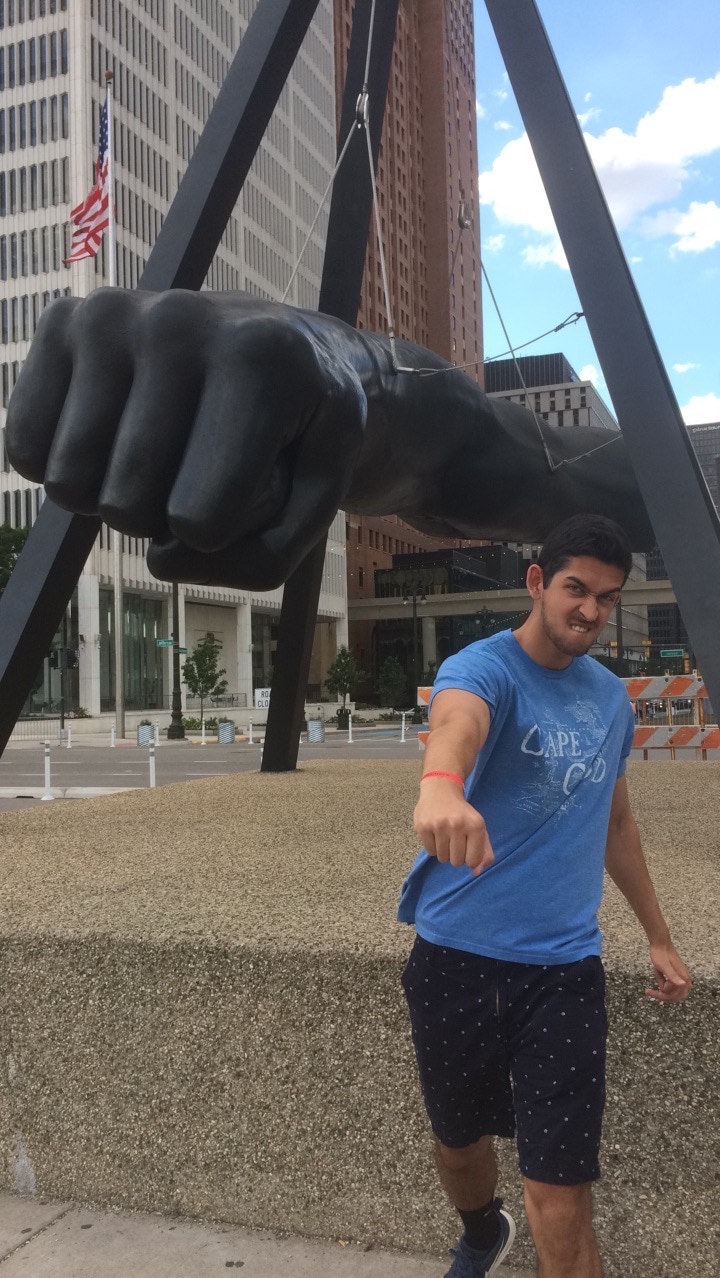
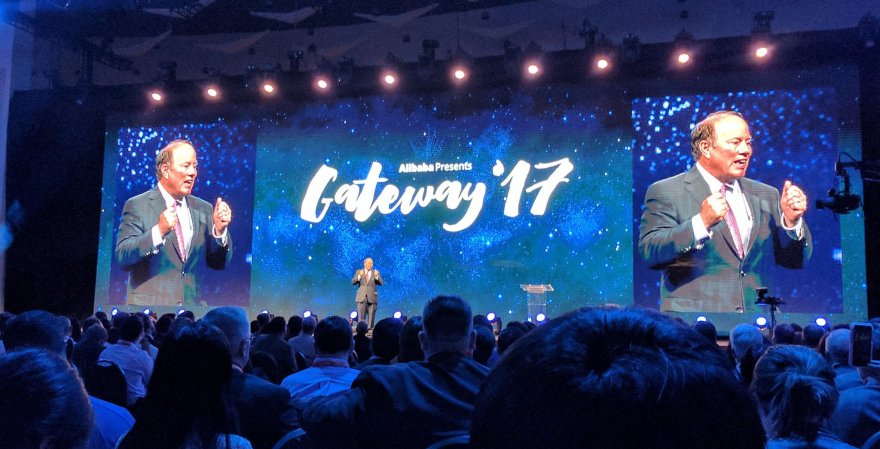
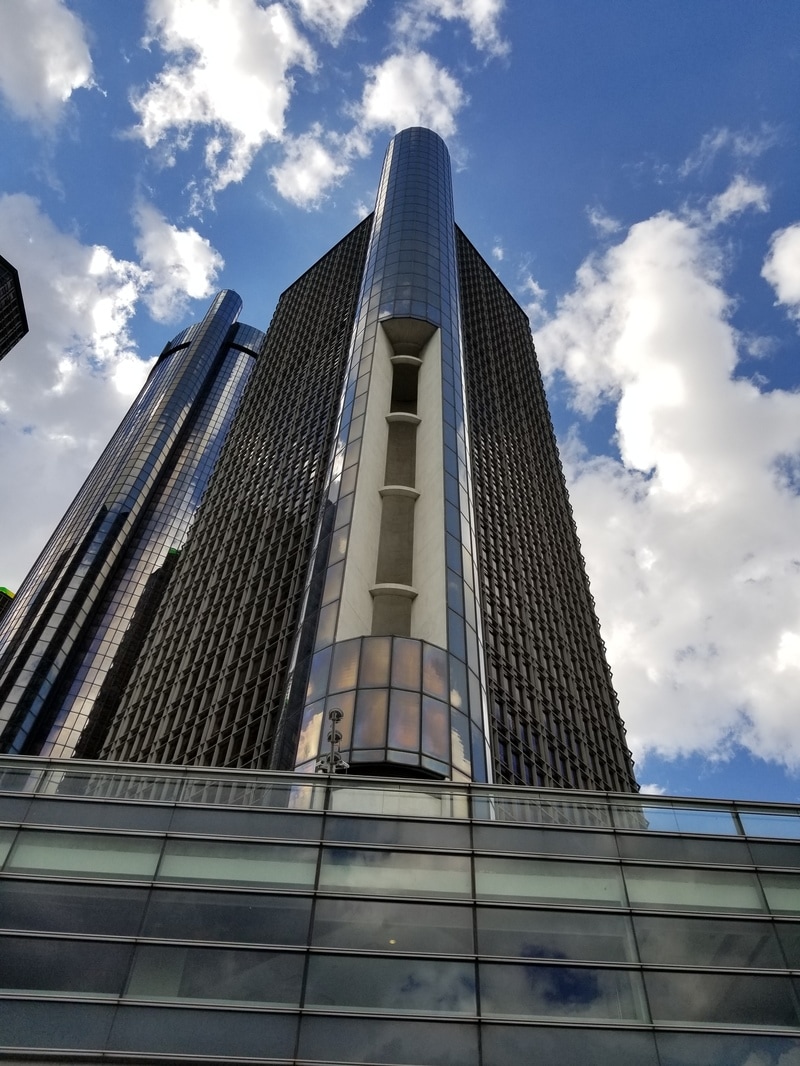
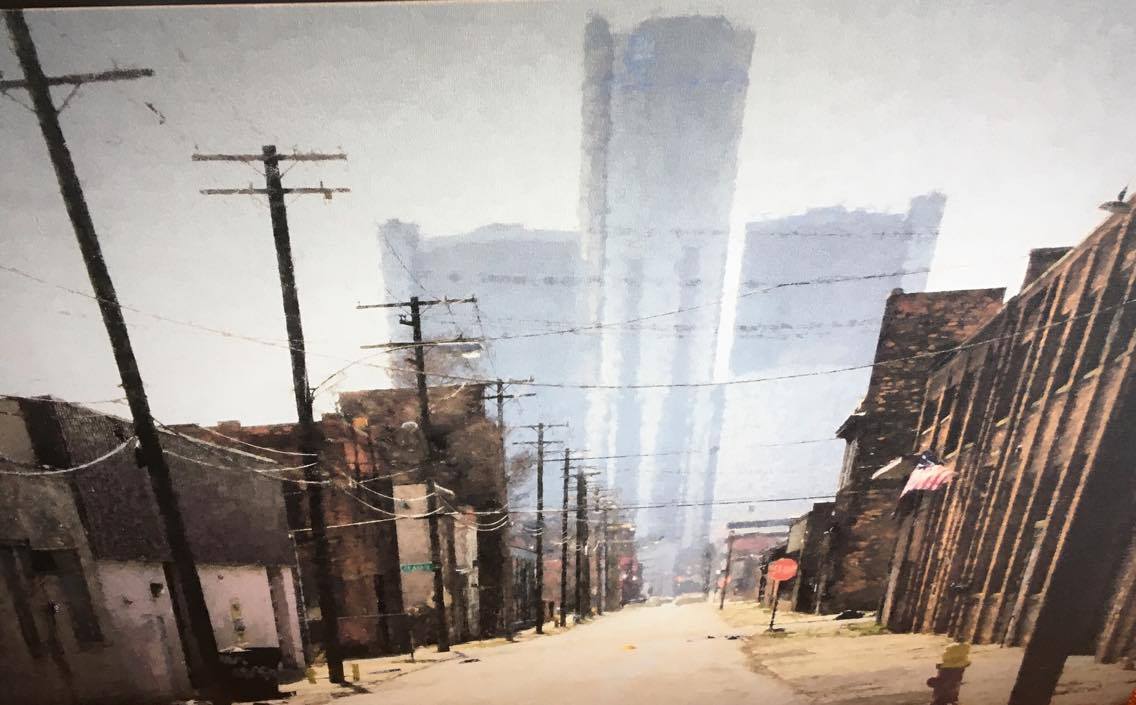
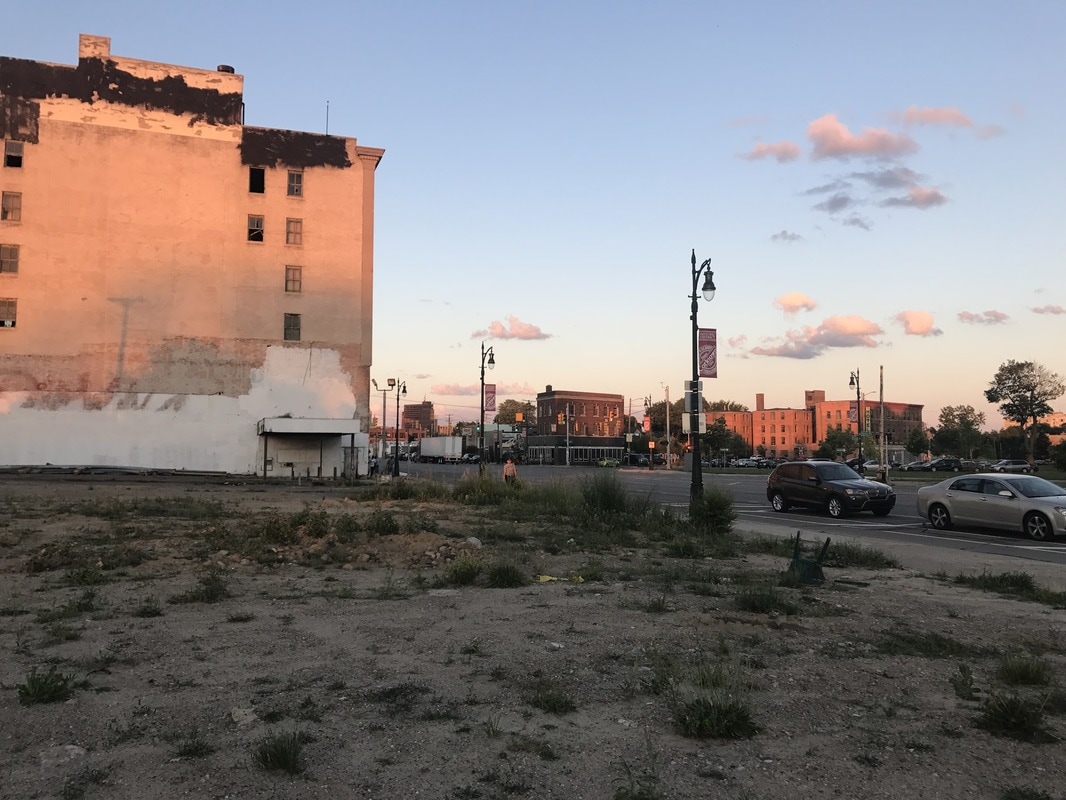

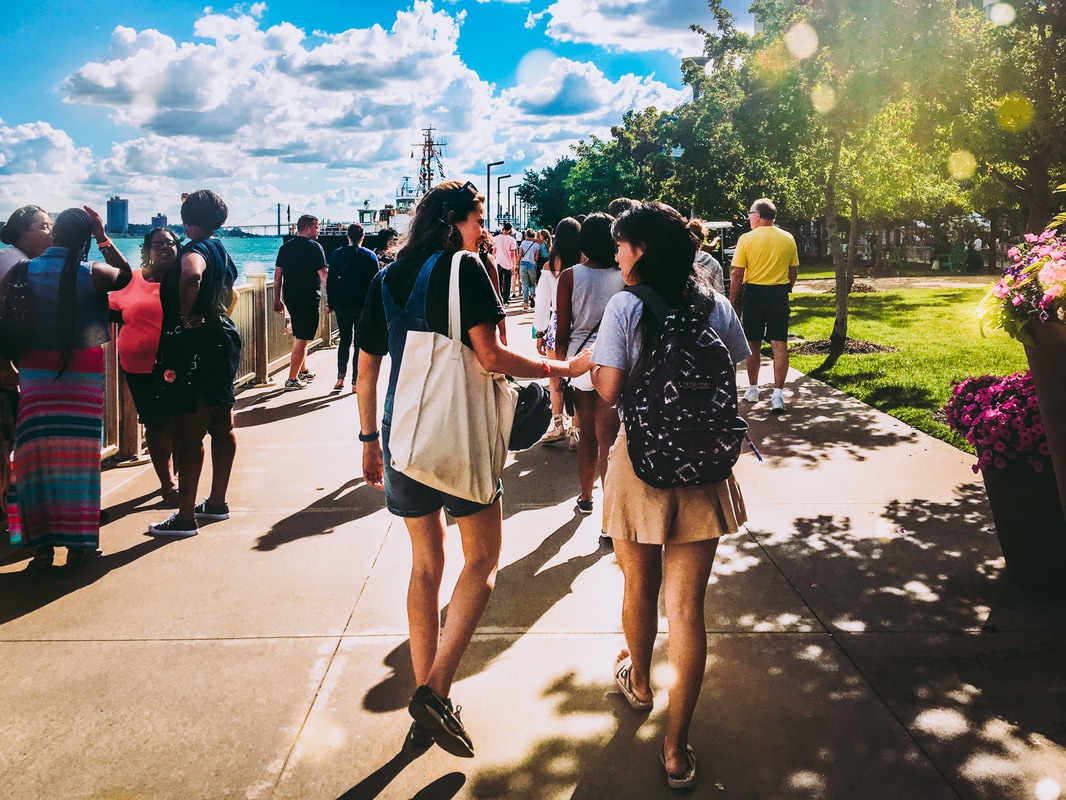
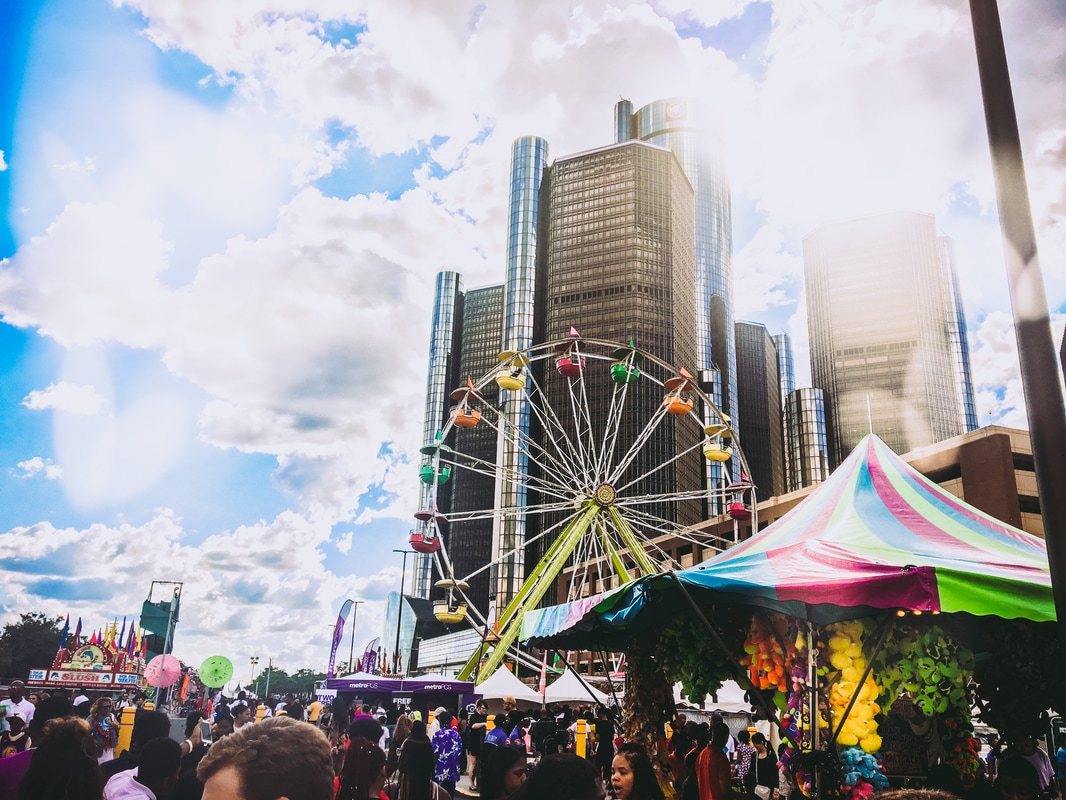
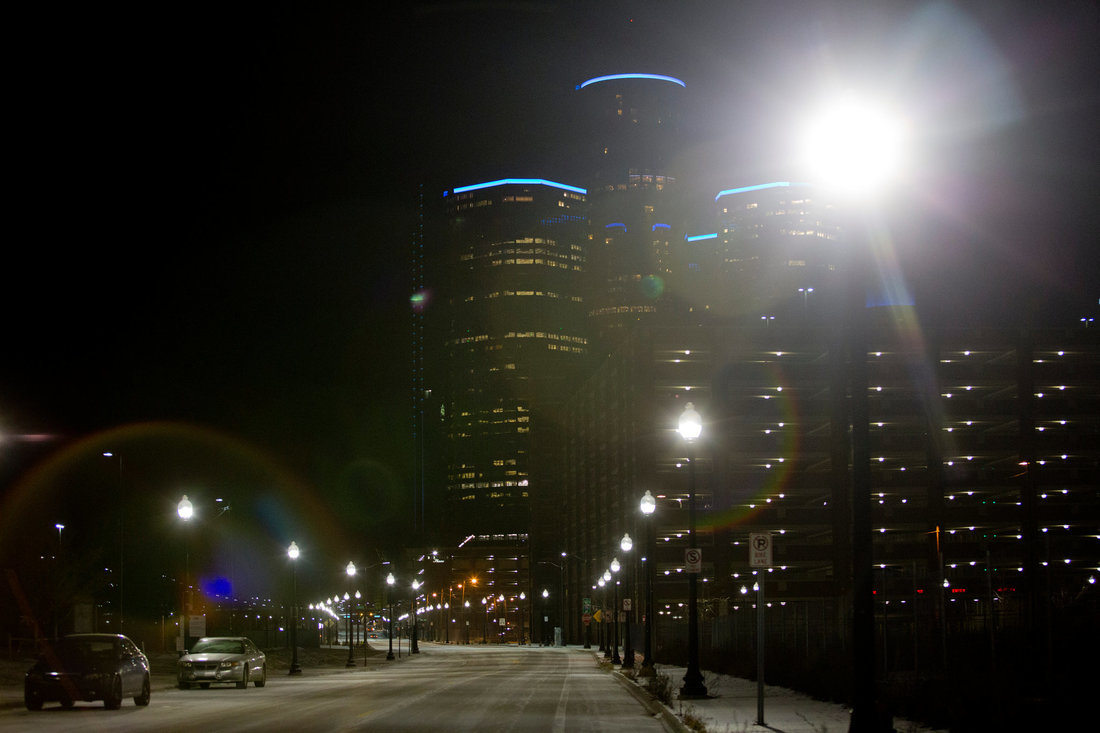
 RSS Feed
RSS Feed
